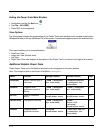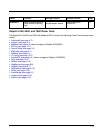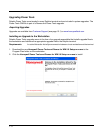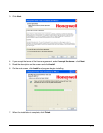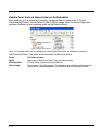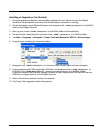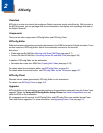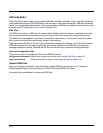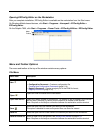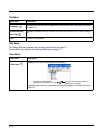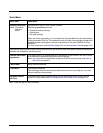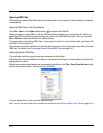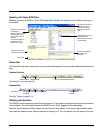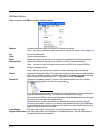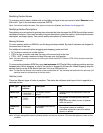
2 - 2
EZConfig Editor
EZConfig Editor creates, edits, and manages EXM files for Dolphin terminals. There is an EZConfig Editor
on the workstation and an EZConfig Editor on the terminal. In the workstation editor, EXM files are edited,
saved, then transferred to the terminal. In the terminal editor, EXM files are edited and saved right on the
terminal; see EZConfig Editor on the Terminal (page 2-27).
EXM Files
The EXM file format is an XML format customized for Dolphin terminals that are comprised of sections
that sometimes contain child sections and keys. Keys contain the values that configure the terminal.
The EXM file format supports a multi-level, hierarchical, tree structure. The terminal reads the highest
level section first and then reads the key values in each section.
EXM files replace INI files for Power Tools and terminal configuration settings. If both an INI file and an
EXM file are present for the same application, the terminal defaults to the EXM file and a warning
message appears at startup. Remove the INI file from the terminal to avoid this warning message.
Types of Configuration Files
There are two types of configuration files in the EXM file format:
Configuration documents Program and configure the terminal; see Opening EXM Files on page 2-6.
Registry documents Update and modify the registry; see Registry Documents (page 2-16).
Sample EXM Files
After you install the new build on the workstation, default EXM files are stored in the C:\Program
Files\Honeywell\Power Tools and Demos for WM 5.0\EZConfig EXM Files folder.
Use these files as templates to create new EXM files.



